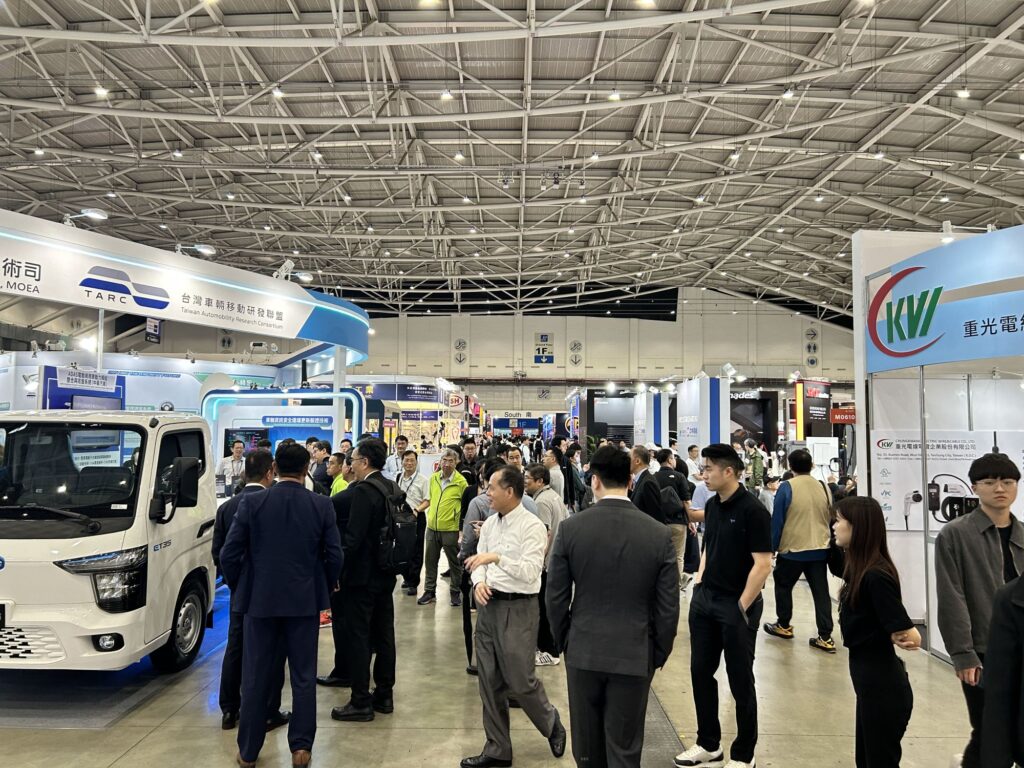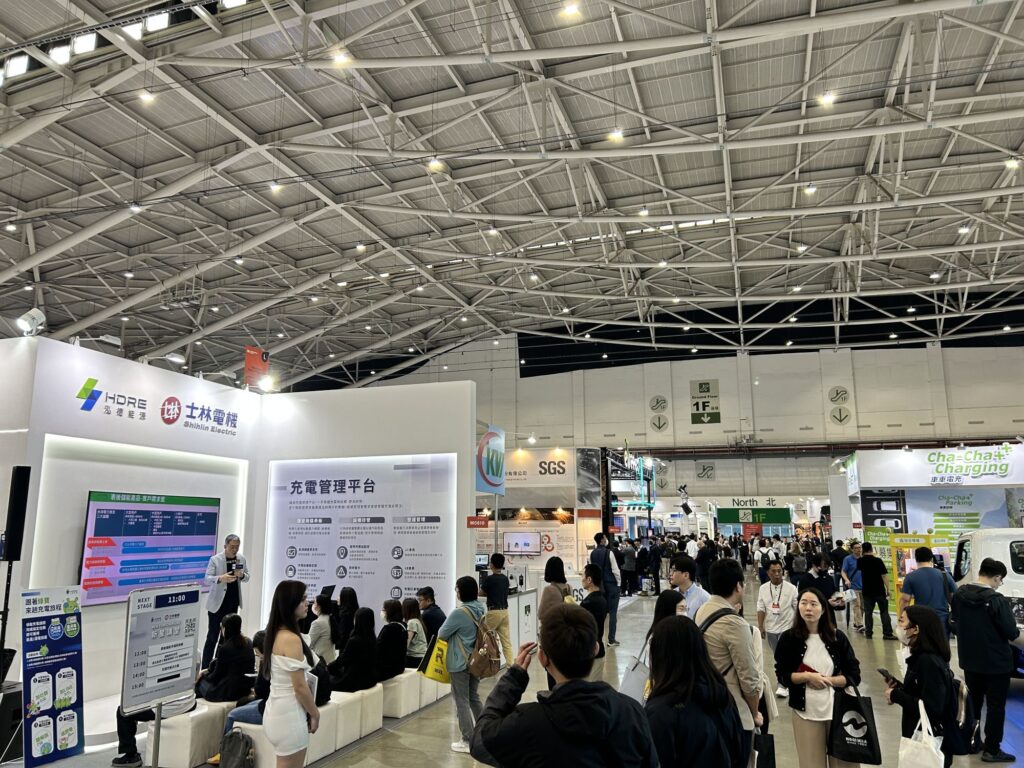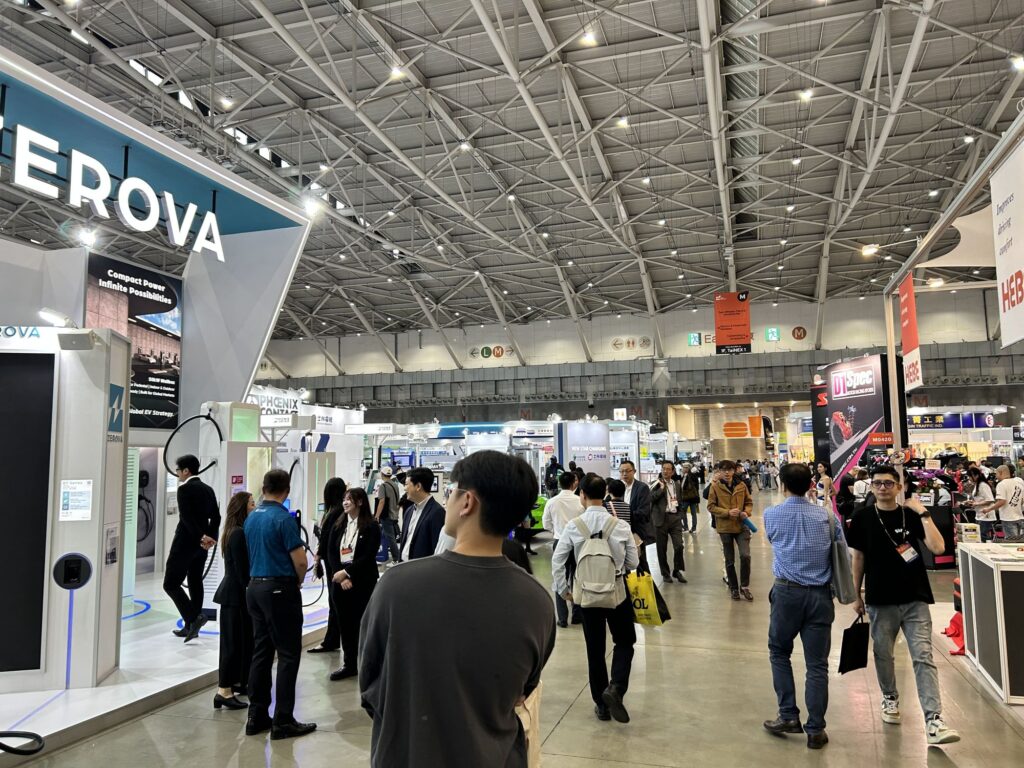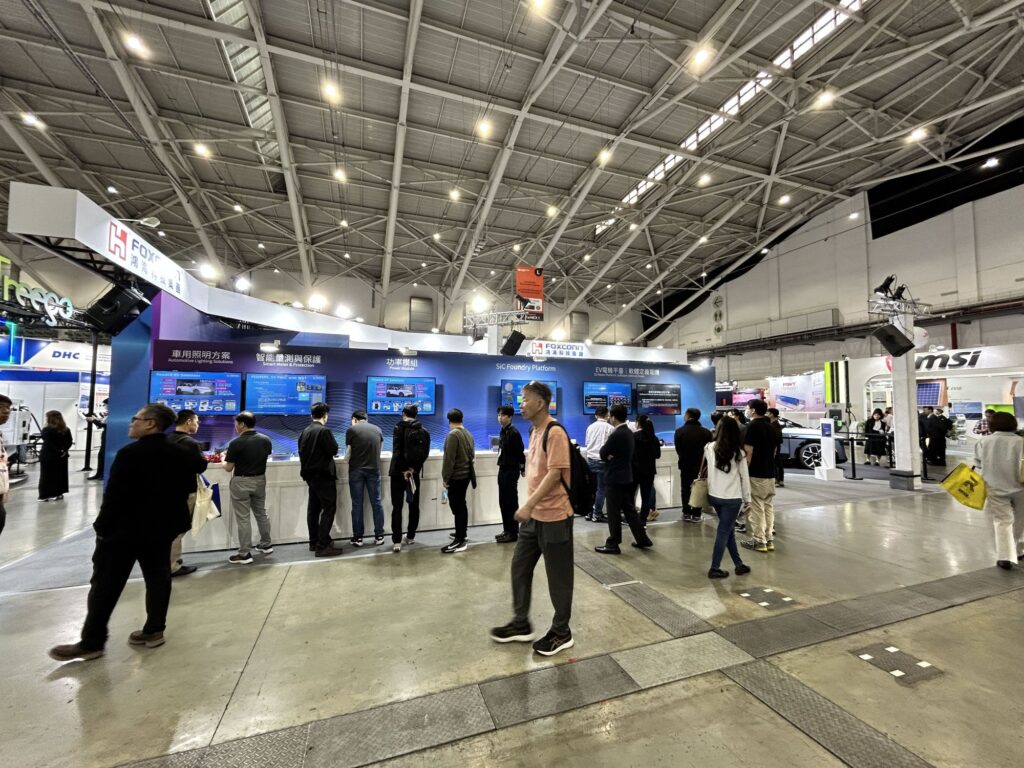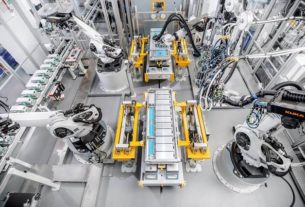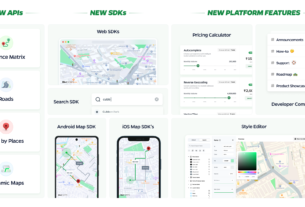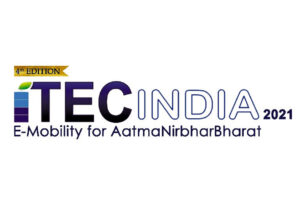By Abhilash

Jason Lin, Manager of Exhibition Section III, Exhibition Department at TAITRA
As the global auto industry pivots toward electrification, automation, and intelligent mobility, Taipei AMPA, E-Mobility Taiwan 2035 and Autotronics Taipei emerge as Asia’s defining platforms for showcasing automotive innovation. Managed by TAITRA (Taiwan External Trade Development Council), the show not only captures Taiwan’s industrial strength but also frames its vision for the future. Jason Lin, Manager of Exhibition Section III, Exhibition Department at TAITRA, shares valuable insights into the evolution and ambition of these interconnected shows.
“Taiwan has a strong foundation in metal, plastic, and rubber processing,” explains Jason Lin. “These are the traditional backbones of auto parts manufacturing. Over the past 40 years, that base has allowed us to evolve into one of the most reliable global auto parts suppliers.”
Evolution of a Show and an Industry
Originally focused on traditional parts, the Taipei AMPA show has transformed dramatically over the decades. The show began with a focus on mechanical components—metal and rubber-based parts—but has since expanded to include the fast-growing electronic and software-driven sectors of the automotive industry.
“We started with just Taipei AMPA,” says Jason. “Later, Autotronics Taipei was introduced to address electronics in vehicles. And now with E-Mobility Taiwan, we focus on electric vehicles, charging infrastructure, and future mobility. Together, these shows now cover the entire mobility ecosystem.” Each year marks subtle yet impactful shifts. Companies once known for consumer electronics—like MSI, Delta, and Foxconn—are now prominent players in EV technology, leveraging Taiwan’s strong ICT industry.
The shift from mechanical systems to software-defined vehicles (SDVs) is another major theme of this year’s exhibition.
“Today’s vehicles have evolved far beyond mechanical assemblies—they’re now intelligent mobility platforms integrating advanced technologies, such as sensors, display, and AI-driven decision-making capabilities.” he notes. “Most new cars in Taiwan already come with Level 2 ADAS systems. We’re positioned at the pivotal moment of Level 3 autonomous driving commercialization, set to revolutionize Taiwan’s smart transportation ecosystem.”

The show features innovations such as ultra-fast chargers, integrated energy management systems, and vehicle-to-grid (V2G) solutions—testament to Taiwan’s growing role in shaping the EV infrastructure. “It’s no longer just about making a charger,” Jason emphasizes. “Taiwan companies are solving real-world problems from charging infrastructure supply-demand imbalances to fleet management systems with sophisticated charging allocation algorithms to dynamically optimize vehicle charging schedules to avoid congestion, reducing operational costs, minimizing power grid stress, and enhancing service quality.”
Taiwan’s Global Appeal and Customization Edge
Despite Taiwan’s lack of household-name car brands, its firms are vital contributors in the global supply chain. The country’s export-oriented economy and flexible manufacturing capabilities give it an edge. “Taiwanese companies excel as strategic customization partners in the global automotive ecosystem,” he explains. “They work closely with both global vehicle brands and their suppliers, delivering bespoke automotive systems tailored to specific requirements. This agile customization capability positions Taiwan as an indispensable partner in the industry’s supply chain.”
Taipei AMPA also serves as a valuable bridge for international visitors and buyers to identify partners and suppliers. “Even a small Taiwanese booth might feature the best parts manufacturer in the world,” he says. “That’s the kind of quality and specialization Taiwanese autoparts players offer.”
India’s Emerging Role and Future Collaborations
While Indian exhibitors are still rare, visitor engagement from India has grown significantly. Delegations led by industry associations like ACMA have attended the show since 2023, highlighting interest in collaboration.
“I believe India and Taiwan are very complementary,” Jason says. “India is a massive, fast-growing market. Taiwan has the technologies that can support that growth. Delta, for example, is already establishing EV charging networks in India.”

Facing Global Challenges with Resilience
From post-COVID recovery to economic pressures and changing tariff regimes, the automotive sector faces a multitude of challenges. Yet Taiwanese companies continue to adapt with agility. “Many are small or medium enterprises, so they may not be first movers,” he says. “But they closely observe market demands and respond with superior and high-performance solutions. That’s how Taiwan adapts to change.”
The recent U.S. tariff changes and global EV investment slowdowns are being watched closely, but they haven’t dampened optimism. Taiwan is actively looking ahead, with opportunities in hydrogen fuel, 5G/6G-enabled mobility, and over-the-air software upgrades for vehicles. “The move from ICE to EV was huge,” he reflects. “And now we’re already looking at what comes next. New vehicle types need new solutions. It’s an exciting time for our industry.”
The government is also playing a role, supporting development through agencies like TARC (Taiwan Automotive Research Consortium), which helps translate lab technologies into industry-ready products.
“We already have demo cars with Level 3 autonomous features,” he shares. “We expect to see more of these become standard in Taiwan soon.”
The Future of Taipei AMPA
TAITRA is focused on making the Taipei AMPA series not just an exhibition, but a hub for global dialogue on mobility. New features like the 360° Mobility Forum and collaborations with international startups aim to position the event as a nexus of innovation and vision. “We want this to be the place where visions and technologies converge,” he says. “From large corporations to startups, everyone can find someone to help realize their ideas here.”
As the show grows in international appeal and strategic significance, its goal is clear: make Taipei a global meeting point for automotive leaders shaping the future of mobility.
Taipei AMPA and the concurrent shows are not just reflections of Taiwan’s capabilities—they are forward-facing platforms enabling global innovation. Whether it’s solving EV infrastructure bottlenecks, pushing software-defined mobility, or crafting custom components for leading
Taiwan is actively looking ahead, with opportunities in hydrogen fuel, 5G/6G-enabled mobility, and over-the-air software upgrades for vehicles. “The move from ICE to EV was huge,” he reflects. “And now we’re already looking at what comes next. New vehicle types need new solutions. It’s an exciting time for our industry.”
The government is also playing a role, supporting development through agencies like TARC (Taiwan Automotive Research Consortium), which helps translate lab technologies into industry-ready products.
“We already have demo cars with Level 3 autonomous features,” he shares. “We expect to see more of these become standard in Taiwan soon.”
The Future of Taipei AMPA
TAITRA is focused on making the Taipei AMPA series not just an exhibition, but a hub for global dialogue on mobility. New features like the 360° Mobility Forum and collaborations with international startups aim to position the event as a nexus of innovation and vision. “We want this to be the place where visions and technologies converge,” he says. “From large corporations to startups, everyone can find someone to help realize their ideas here.”
As the show grows in international appeal and strategic significance, its goal is clear: make Taipei a global meeting point for automotive leaders shaping the future of mobility.
Taipei AMPA and the concurrent shows are not just reflections of Taiwan’s capabilities—they are forward-facing platforms enabling global innovation. Whether it’s solving EV infrastructure bottlenecks, pushing software-defined mobility, or crafting custom components for leading carmakers, Taiwan’s automotive industry is quietly but powerfully driving the next wave of mobility.
IMAGE GALLERY



